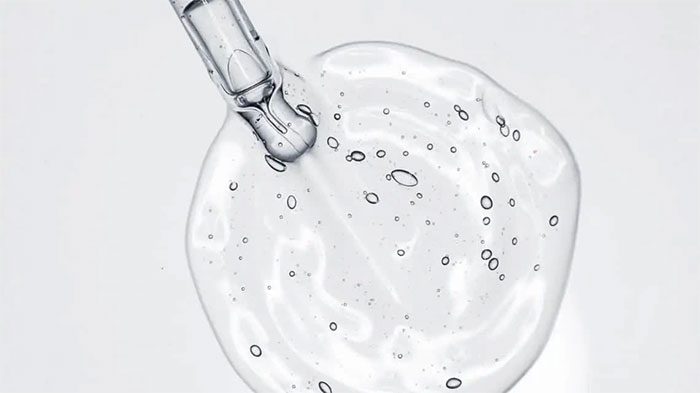On an ordinary day, a typical person produces between 0.5 to 1.5 liters of saliva – a truly surprising figure, especially when considering that many people drink less water daily than the amount of saliva they produce.
If we take the lower average of 0.7 liters per day, this amounts to approximately 255.5 liters of saliva per year. Over an average lifespan of around 80 years, this adds up to about 20,440 liters. This is equivalent to a small swimming pool filled with saliva.
After learning this figure, many might wonder: Why do we produce so much saliva?

Throughout their lifetime, a person can produce enough saliva to fill a small swimming pool. (Image: internet)
Saliva is produced by our bodies for several important reasons. It is a complex biological fluid that plays many crucial roles in your mouth. For instance, it contains the enzyme amylase, which breaks down starch, provides calcium and phosphate that help remineralize tooth enamel, and acts as a vital barrier in protecting against pathogenic microorganisms entering your body through the oral cavity.
Saliva is primarily made up of water (99%) along with a mixture of proteins, electrolytes, and digestive enzymes (1%).
It is produced by several different glands, with three major glands and many minor glands located in your mouth. The three main glands – the parotid gland, submandibular gland, and sublingual gland – contribute 90% of the total saliva produced, while the remaining 10% is secreted by the minor glands.
In an unstimulated state (the resting state when you are not eating), about two-thirds of the total saliva is produced by the submandibular glands. The parotid gland becomes active when stimulated (often due to chewing, also known as gustatory stimulation) and is responsible for about 50% of the saliva in the mouth in this state. However, the sublingual glands contribute a small proportion of saliva in both unstimulated and stimulated states.
For over 2,000 years, saliva has been used by ancient people around the world, with the belief that it could heal. Ancient Chinese medicine practitioners believed that saliva and blood were “brothers,” as both come from the same source in the body.
Famous thinkers like Pliny the Elder (who lived in the first century AD) and Albertus Magnus (1193-1280) praised the benefits of saliva for its ability to ward off snakes and misfortunes, as well as promote healing processes. Even in the late 19th century, the supposed healing properties of saliva were still upheld by some doctors.
Currently, while people no longer regard saliva as a healing substance, this does not mean it lacks value in modern medicine. Today, it plays a crucial role as a diagnostic tool, as it can provide important insights into the overall health status of the body. Due to its composition of numerous components, saliva can contain various biomarkers signaling diseases, useful for diagnosing conditions as well as monitoring and predicting disease progression.
Moreover, this substance is always available and, unlike blood, can be sampled using non-invasive methods, making analysis easier. Techniques have even been developed to use saliva as an indicator for prostate cancer.





















































